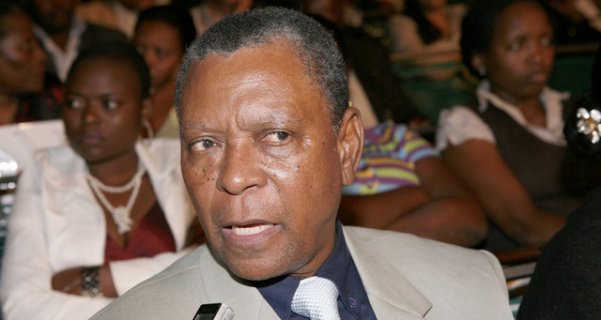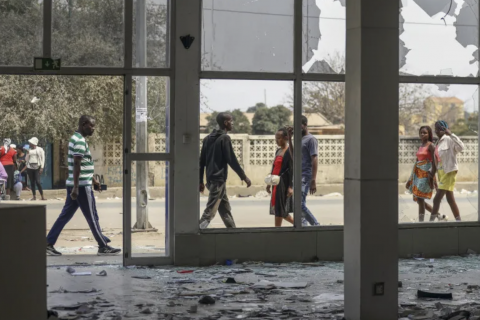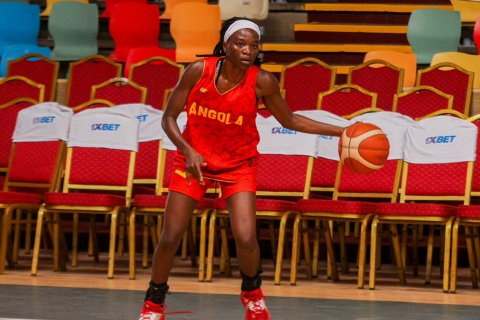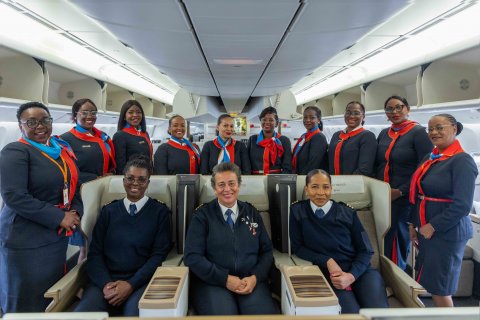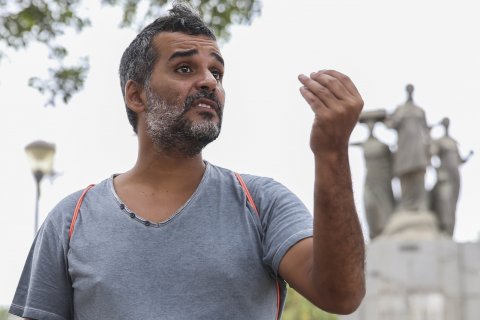Dionísio Rocha, 79 years old, with a career that began in 1950, according to the group of judges, was also worthy of this award for his contribution to research, investigation and dissemination of Angolan music and national culture.
The dancer, choreographer and dance teacher "Mestre Petchú", 57 years old, born in Luanda and resident in Portugal for over 26 years, with a 46-year artistic career, was awarded for being "the most renowned and representative figure in dance Angolans in the diaspora", with emphasis on Kizomba, "with its own methodology".
In the category of visual and plastic arts, the artist Joaquim Pedro Teixeira "Tchombé" was distinguished, for his coherence and tenacity, for the affirmation he gained in the arena of Angolan plastic arts, for the technical rigor used in his works, for being a natural interpreter of the experiences of its people and, navigator of other spheres.
In cinema and audiovisual, the production company Diamond Films, which has stood out in the market for the last three years, was the winner, due to its consistency in production, "which has had a positive impact on the entire cinematic value chain".
Carlos Ferreira "Casse", poet, journalist and lyricist, born in Luanda, 64 years old, was the winner in the literature category, "for his artistic project linking poetics and other spheres of culture, forging the relationship between literature and journalism, thus building, a space for historical research, such as art through education and education through art".
In theater, the Coletivo de Artes Ombaka group was awarded for its total work and artistic trajectory, which results from its uninterrupted performance since its foundation on March 5, 2005.
For Human and Social Sciences, the work "Os Bantu na Visão de Mafrano – Quase Memórias", by Maurício Francisco Caetano "Mafrano", who was born in Dondo in 1916 and died in 1982, was distinguished for its significant impact on documentation and interpretation of Bantu traditions, preserving and documenting their rich cultural heritage and establishing connections with other cultures.
According to the group of judges, this work by Mafrano contributes to a more comprehensive understanding of cultural anthropology.
The National Arts Culture Award, which is in its 25th edition, comprises the categories of Literature, Visual and Plastic Arts, Theatre, Dance, Music, Cinema and Audiovisual and Human and Social Sciences, with a jury made up of 14 people.
This award, established on June 30, 2000, is the State's most important distinction, which aims to encourage artistic and cultural creation, as well as scientific research in the field of human and social sciences.

